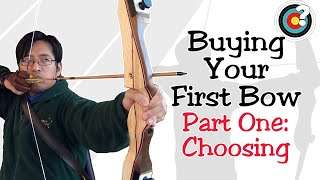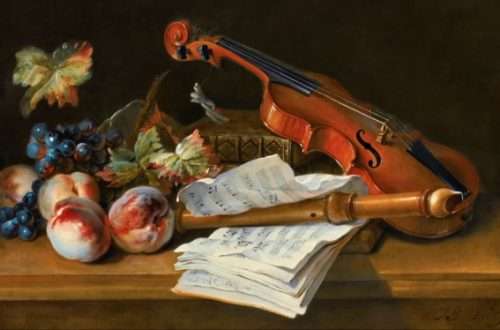
What to look for when choosing a bow?
In addition to the quality of the instrument and the selection of appropriate strings, the bow is essential to the value of the sound. First of all, its ergonomic properties can significantly facilitate or hinder playing, and our developing technical prowess will cause more and more demands on the bow – in addition to traditional detaché playing, there will be jumping bows, and inadequate equipment will make it much more difficult for us to learn them.
Various types of violin, viola, cello and double bass strings are available on the market.
The first, obvious selection criterion is the size of the bow. Choose a size analogous to the size of our instrument. The music store service will surely help us with the matching. We can check it ourselves in the following way: we grab the instrument as if to play, put the bow on the strings and pull the bow down until the hand is completely straight – the bow cannot be missing, we should finish the movement just at the point – then we know that the bow is is of the correct length.
The technical properties of the strings
Another factor that distinguishes bows is the material they are made of. There are wooden, fiber and carbon composite bows.
Fiber strings are only available for violas and violins. These are cheap student bows quite susceptible to deformation and certainly not giving the freedom to create the sound. However, in the first year of study, before we learn to operate it efficiently, it is a sufficient alternative.
Carbon composite fiber bows are another shelf in material quality. They are more flexible, resilient and more durable, but nothing can replace a wooden bow. Their quality also varies greatly due to the different types of wood used in production.
We distinguish string bars made of fernambul wood (recognized as the best), snake wood and Brazilian wood. Fernambuk is the best for its perfect elasticity and resistance to deformation. The string frog is also made of various materials – in the past it was ivory, fernambuc wood or ebony, nowadays it is most often made of buffalo bone, ebony, rosewood or wood from which the rod is made. for the bow – the head, it should not be too thin and delicate, because it maintains all the tension of the bristles. The bar of the bow may have a round, octagonal or, less frequently, grooved cross-section. It has no effect on the sound or quality.
The physical properties of the strings
The first thing we should pay attention to when choosing the length and material of the bow is its shape – the bow cannot be crooked. How to check? Tighten the bristles, put the bow with the frog screw to the eye and, closing the other eye, look towards the point – the bow cannot be bent in any direction.
The weight of the bow is also important. First of all, be careful when choosing a bow for a beginner musician, because cheap student bows are usually very light and can bounce when played, which will disturb the continuity of the sound, while too heavy a bow will quickly tire the hand. It is also necessary to determine the center of gravity of the bow. For this purpose, we place it horizontally on the extended index finger and make the so-called “Weight” – we have to find a place where the bow will stay horizontal without falling to either side. Most often, this spot is slightly below the center, towards the frog. Failure to locate this position could mean that the bow is out of balance.
Apart from jumping, the bow should also be very maneuverable, easy to lead smoothly, it should not vibrate at the point, and it should not cause any scratching at the frog. It is obvious that good bow checking also depends on the skill of the player, so as our requirements for the equipment grow, don’t be afraid to ask a more experienced musician for help. The bar of the bow should be flexible, not too stiff, and the bristles should be completely loose.
Bristles
At the end of our study on the bow, let’s check what bristles it has – the hair strip should be evenly distributed, wide, with no visible bulges. This is the least important thing, because the bristles of the luthier can replace them at any time.
The bow is a very delicate item and must be handled properly. Make sure that the bristles are not too tight – the bow of the bow should always form an arc (belly facing the bristles, not the other way around!). After each exercise, let’s loosen the bristles, because under the influence of temperature and humidity, it can shrink by itself and even lead to the bar breaking, and this situation is usually no solution.
It is also important to maintain the proper adhesion of the bristles by lubricating them with rosin and keeping them clean. Do not touch the bristles with your fingers, because dirt takes away its stickiness and roughness, which are its most important properties.
Comments
For the fourth year I lead my children to a music school (viola), it was only here that I found out what the correct ″ Balancing the bow is all about. Thank you . Congratulations on your professionalism
Parent





